In October 2009, Deanna Schexnayder, associate director and senior research scientist, presented “Data and Measurement Challenges in Conducting Subsidy Research” at the 2009 Annual Meeting of the Child Care Policy Research Consortium. A copy of the presentation is available at this link.
Preliminary WIA Net Impact Estimates: Administrative Records Opportunities and Limitations
Preliminary WIA Net Impact Estimates: Administrative Records Opportunities and Limitations
Authors: Kevin Hollenbeck, Christopher T. King, and Daniel Schroeder
Date: July 2003
Publication Type: Report, 31pp.
Abstract: This paper presents preliminary results from an exploratory study estimating quasiexperimental net impacts of training services provided under the Workforce Investment Act (WIA) of 1998 on the employment and earnings of participants in seven states. We have linked program and Unemployment Insurance (UI) wage record data from the seven states that are currently participating in the Administrative Data Research and Evaluation (ADARE) Project: Florida, Georgia, Illinois, Maryland, Missouri, Texas, and Washington. The ADARE Project, a collaboration of university and nonprofit organization partners, is funded by the U.S. Department of Labor’s Employment and Training Administration. We begin the paper with some background on quasi-experimental impact estimation for employment and training programs. We explain the approach we have adopted for estimating WIA net impacts on employment and earnings, two of the main outcomes of interest.
We then provide our preliminary impact results, keeping the identity of the individual states confidential for now. We offer a brief discussion of our results and their implications before outlining next steps for our research. We conclude by examining the opportunities and limitations associated with the use of administrative records for net impact estimation for workforce development programs. Despite their flaws, linked administrative records, on balance, offer researchers attractive opportunities for estimating the impact of WIA and related services at relatively low cost. Administrators at all levels should strive to improve the quality and accessibility of these data in the near future, while ensuring that appropriate protections are in place to ensure individual privacy and confidentiality.
The Welfare Caseload, Economic Growth, and Welfare-to-Work Policies: An Analysis of Five Urban Areas
The Welfare Caseload, Economic Growth, and Welfare-to-Work Policies: An Analysis of Five Urban Areas
Authors:Peter R. Mueser, Julie L. Hotchkiss, Christopher T. King, Phillip S. Rokicki, and David W. Stevens
Date Published: April 2000
Publication Type: Report, 53pp.
Abstract: This paper uses quarterly data on AFDC (later TANF) recipients in five major urban areas to examine the relative importance of policy reform and economic conditions in explaining the dynamics of the welfare caseload and the employment experiences of welfare leavers. We find that both increases in exits as well as reductions in entry to welfare played an important role in the caseload declines of the 1990s. However, in contrast to previous research, we find that economic conditions are less important in explaining the decline than policy or related changes.
Consistent with the welfare-to-work ideal underlying reform efforts, we find that welfare reforms were accompanied by substantial increases in the employment of those leaving welfare. However, this appears to be largely the result of an increasingly tight labor market rather than the reforms. We conclude that although an economic recession would not boost TANF caseloads to prior levels, it would seriously jeopardize the goal of increasing self-sufficiency of former welfare recipients through employment.
- « Previous Page
- 1
- …
- 3
- 4
- 5

